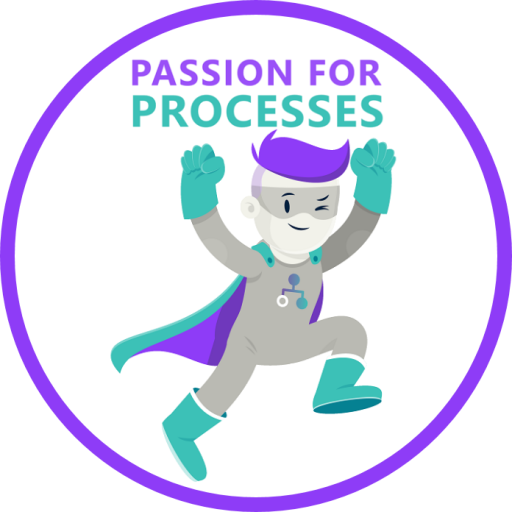In spite that the risk is well known, it seems we quite often encounter the happy-path-only syndrome. My recent one was with easyJet airlines.
The online check-in is not to be missed, although in that particular case it is not the most pleasant web experience, it's worth a few extra clicks. And really it's such a simple win-win scenario. Apart from the obvious direct and indirect benefits for the airlines, online check-in saves a lot of time both to those who do it and those who don't (especially when the first group is a majority).
So I did it. But this time I had an extra bag. That's not something extraordinary. I fell into the category of "bag-droppers". But that's in the virtual part of the process only. In the check-in hall, only the sequence for online checkiners with hand baggage existed. There were three check-in counters - one for speedy boarding and two for regular. Bag-droppers can't go to speedy boarding unless they paid for that service leaving them with no other option but to go to the regular queue. That of course was the main thing they wanted to avoid by doing online check-in...
Isn't it strange that the happy-path-only problem, which has been in the BPM classic mistake charts for years, is still among the top? Rob Davis in his excellent "Before you start modelling" online course lists "modelling only success" among the common modelling pitfalls together with incorrectly modelling decisions, false assumptions, mixing viewpoints, not modelling inputs and outputs, and forgetting measures.
But it's not just in modelling where it happens. Yes, alternative paths are often missed during analysis, but sometimes they are caught during analysis, and then somehow forgotten during implementation. In the easyJet case, it was implemented but only in the automated part of the process. And that is how this story brings up another thing of equal importance. I looked and asked around and it's not just me seeing a trend of contemporary business process management to be actually a disguised application process management. The BPM today 1) goes away from Enterprise Architecture loosing its integration capability and 2) the non-automated part of the processes are being neglected, thus loosing the power of end-to-end process improvement. In the context of the story, a missed alternative path in a (to-be) automated process, especially when it's a matter of just going "off-road", could be easily identified and exception handling added. That's not the case when the process continues with little or no IT support as most processes do. In the end, it's a matter of awareness -> informed decision -> implemented decision.
So call me old-fashioned but I believe that a process should be adequately modelled to enter and be processed by an old and sometimes neglected execution engine - the human brain.
But OK, let's talk about automation. As I mentioned in the beginning, the online check-in was not itself the most pleasant IT experience. Again, it's not only me that noticed that. Gary Comerford in his post "The Tao of online processes" compares the Amazon order process with guess what - online purchasing of a cut-price airline ticket. You can imagine the result; if not or in any case read the post. Here I definitely agree with Gary that "many companies have designed their processes around an existing bricks-and-mortar method of dealing with customers and have then transferred that directly to the web". This brings us again to the need to process things through the same old and sometimes neglected execution engine - the human brain.





Rob Davis on
Great article Ivo. One of the problems of being in the BPM business is that wherever you go in your daily life (Internet, restaurant, airport, hotel, shopping mall, etc) you see examples of bad and completely illogical processes. Glad to see that someone else has spotted them. I thought it was just me becoming a grumpy old man!
Rob